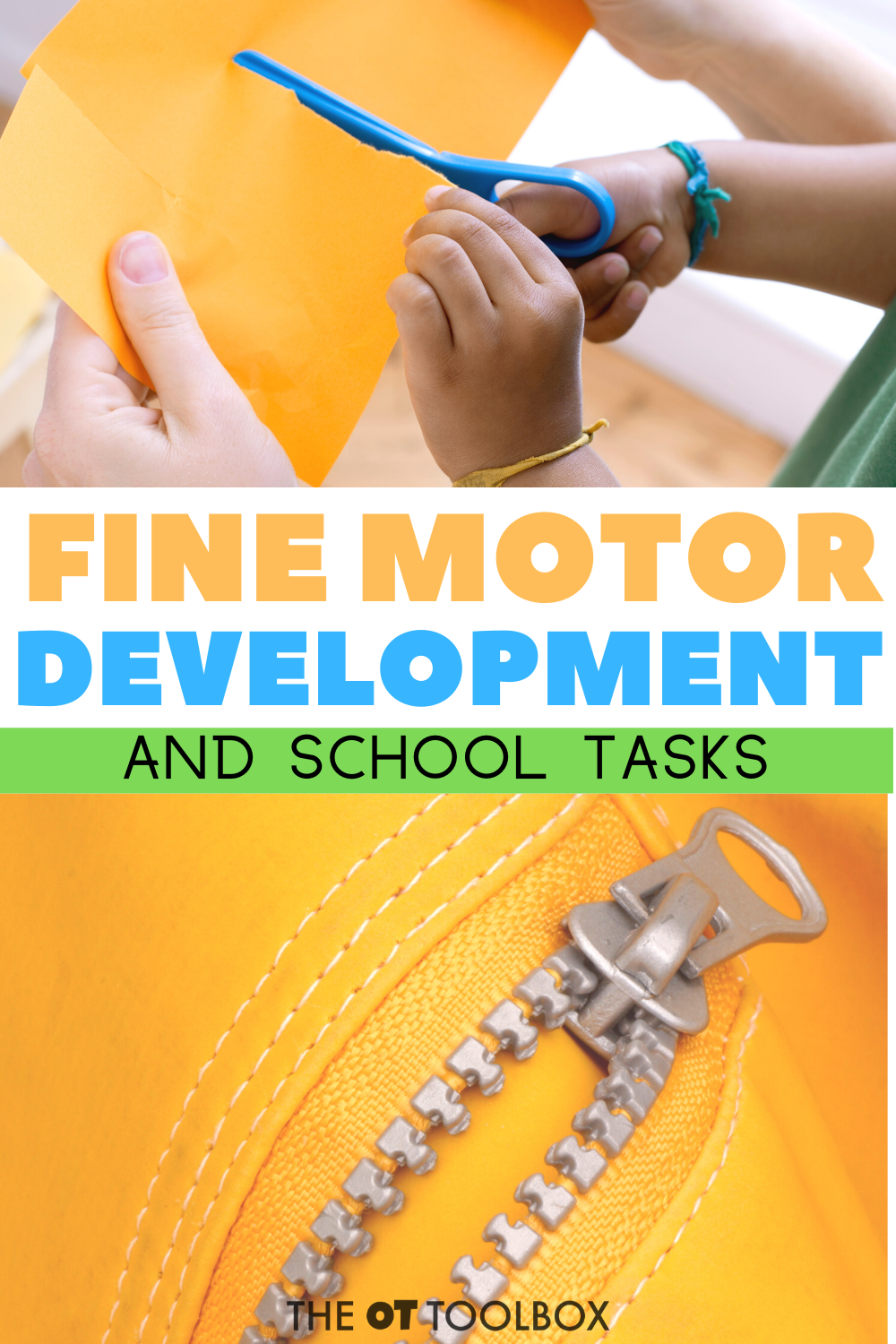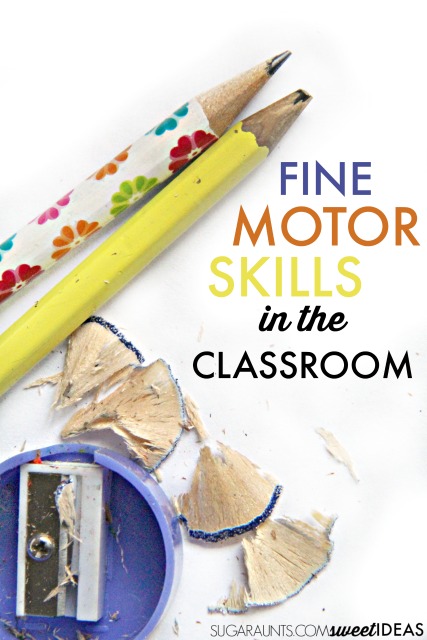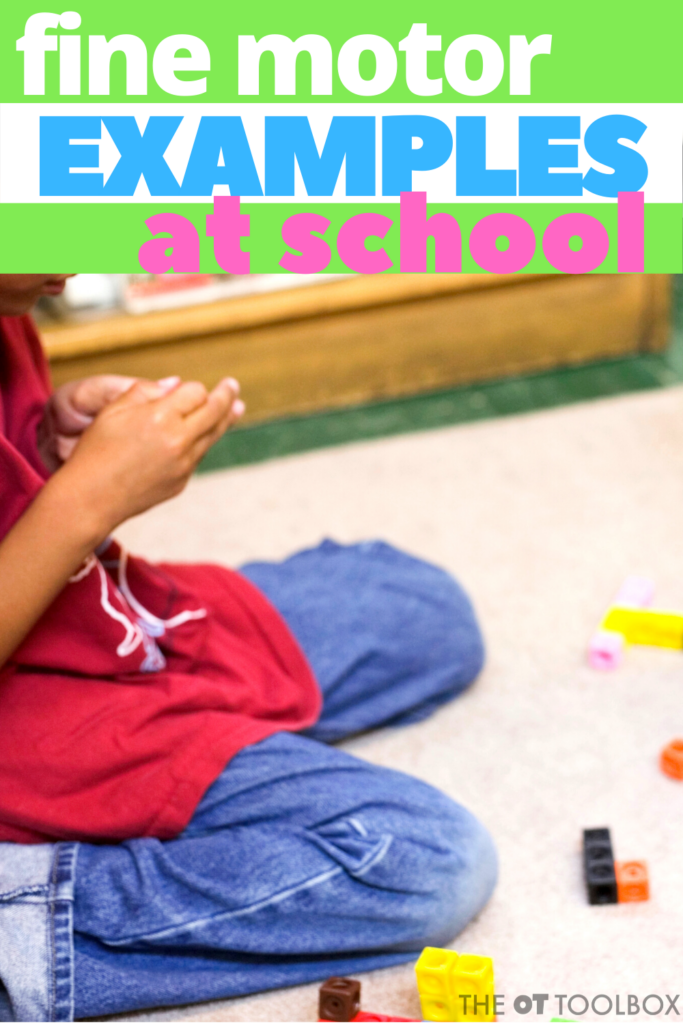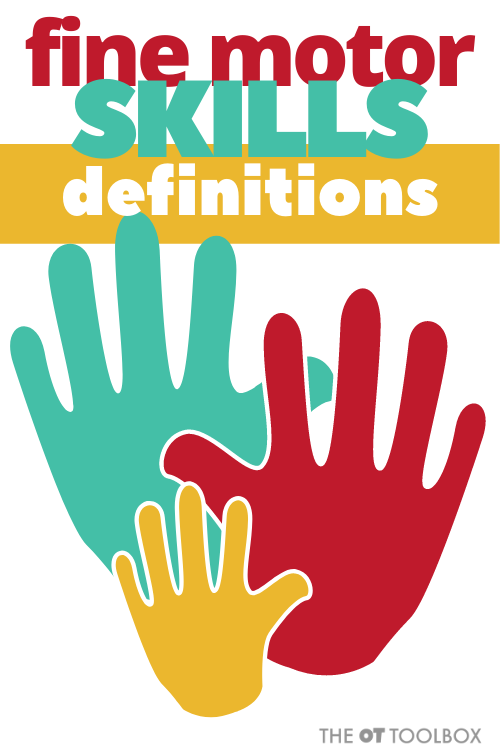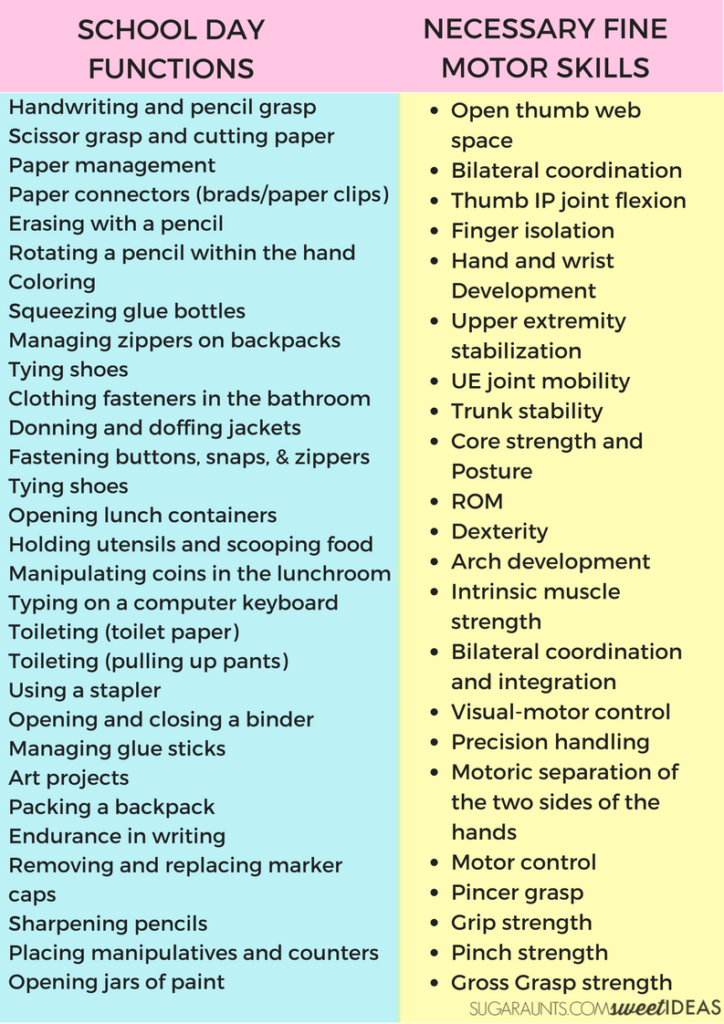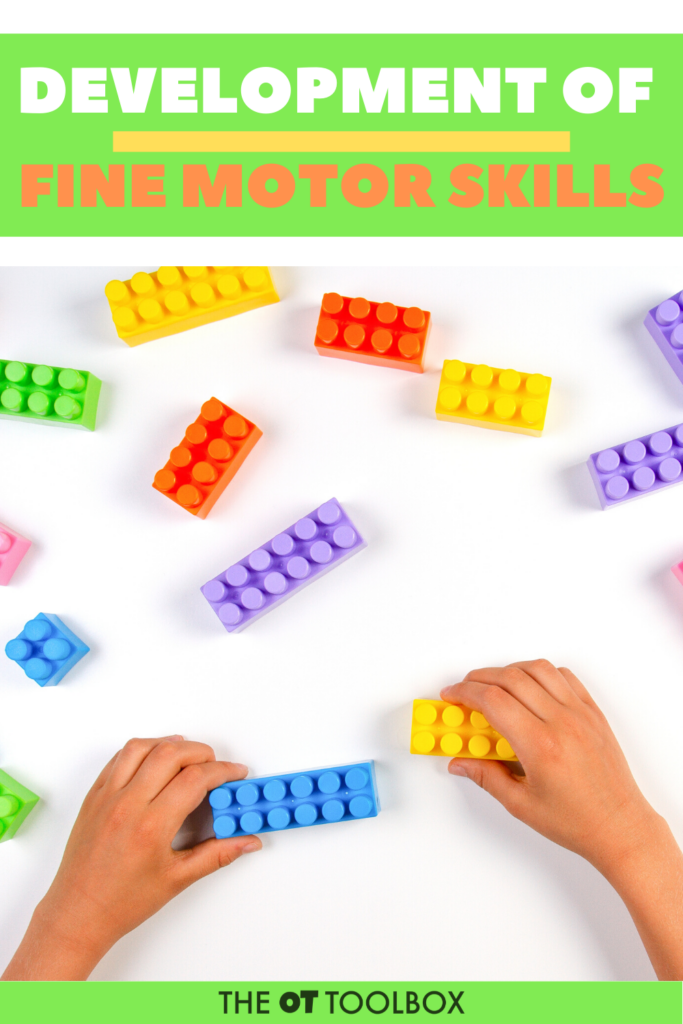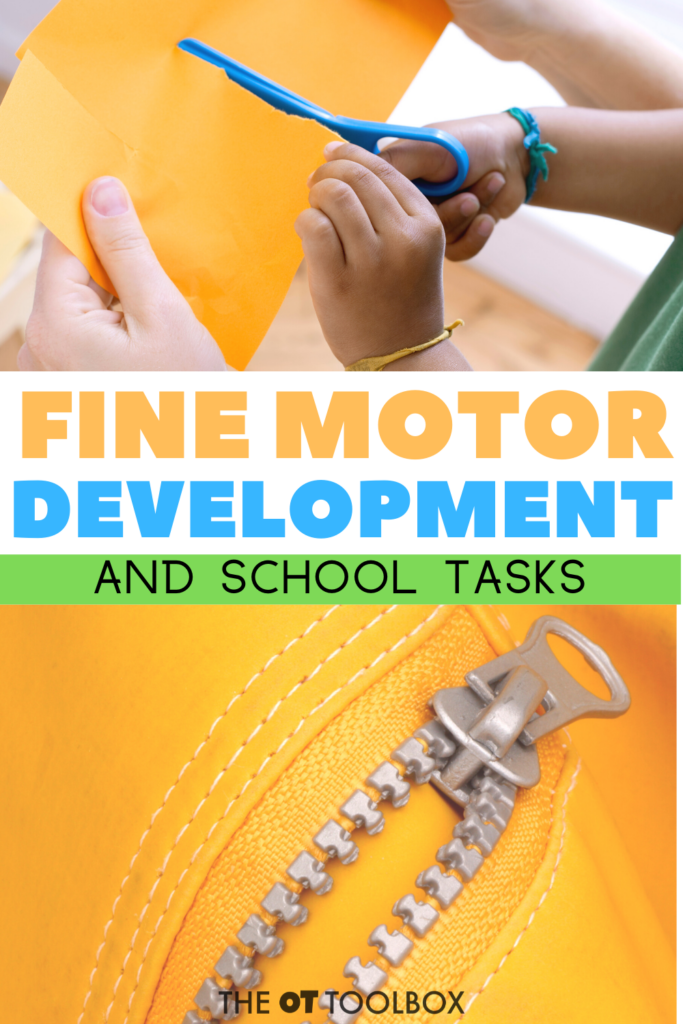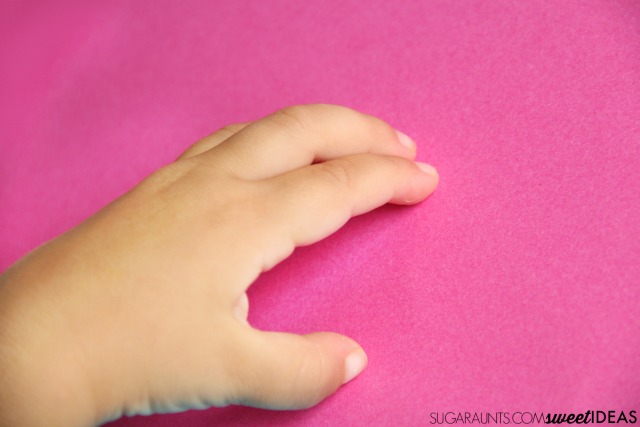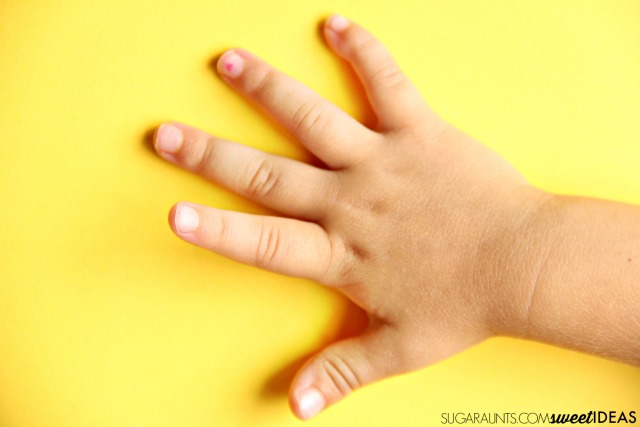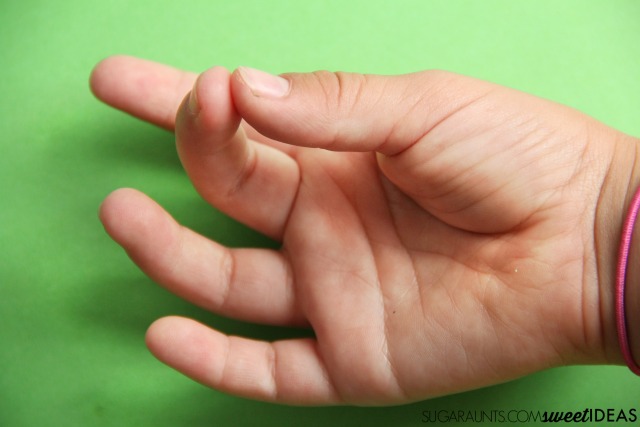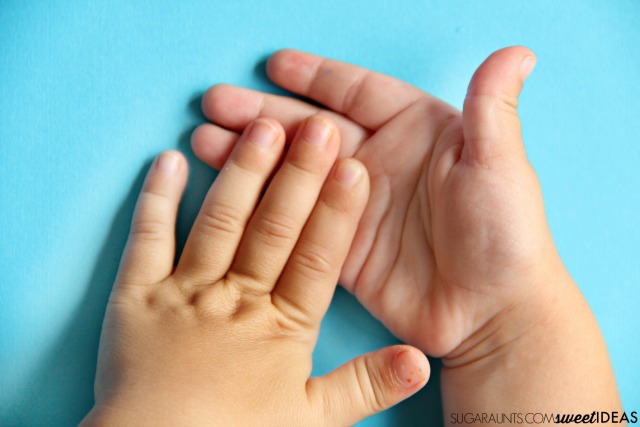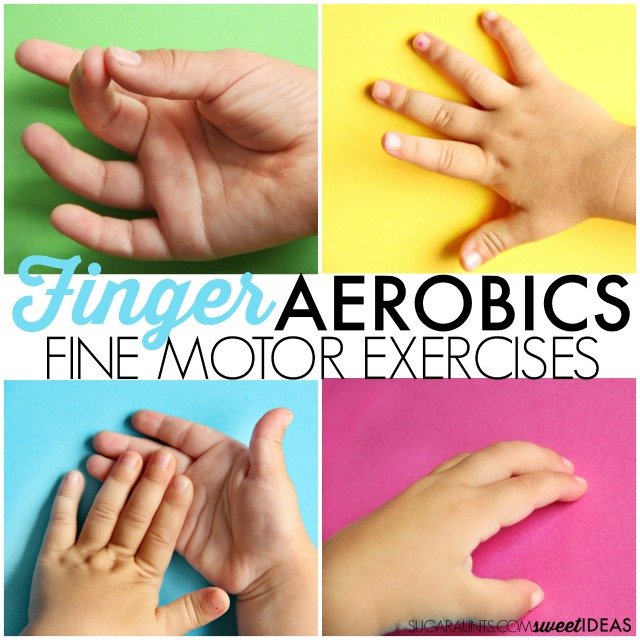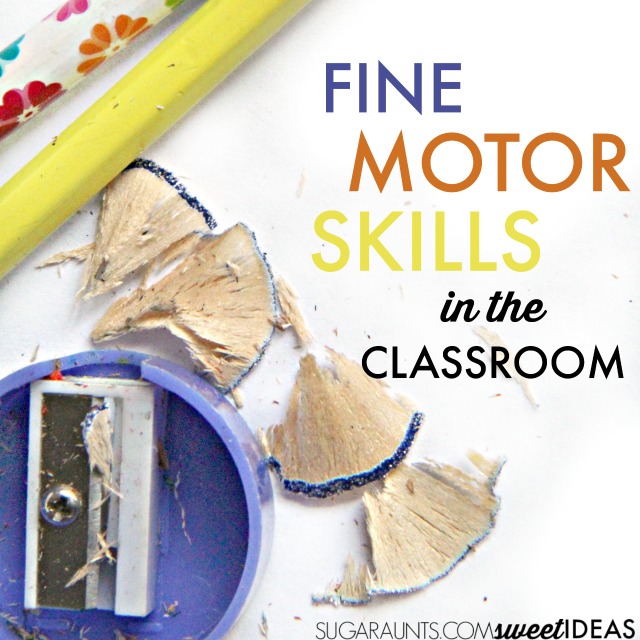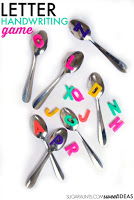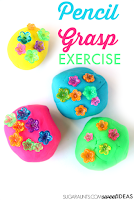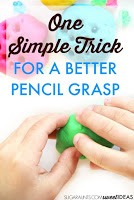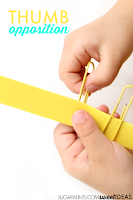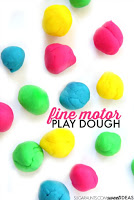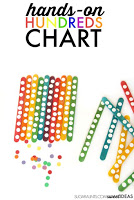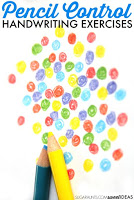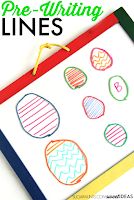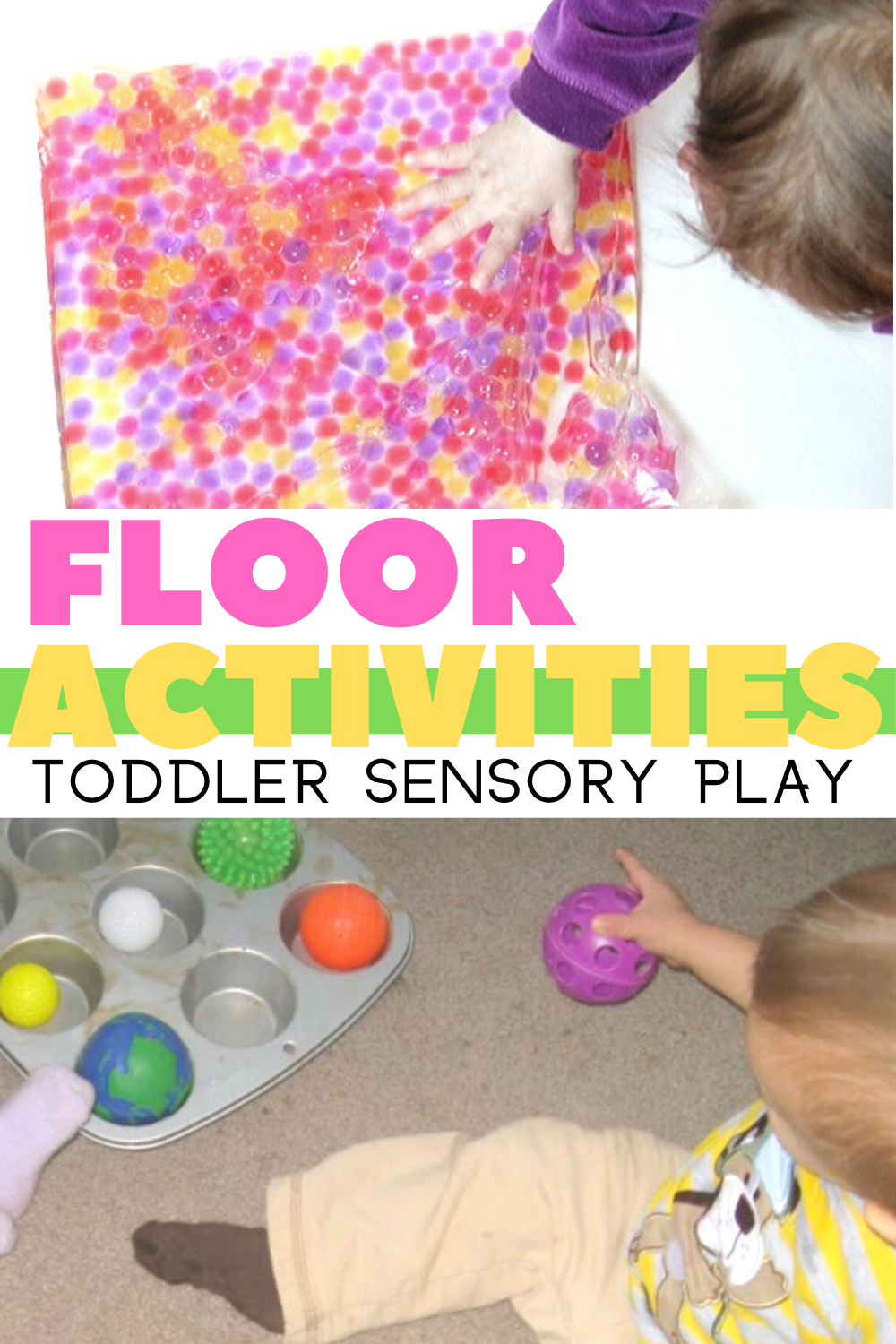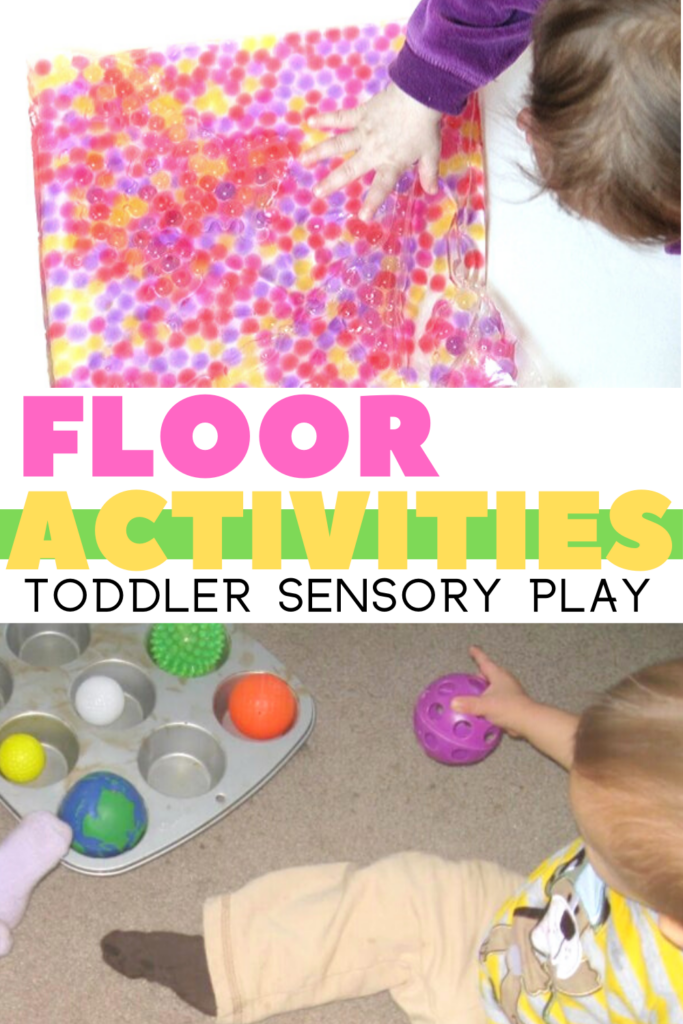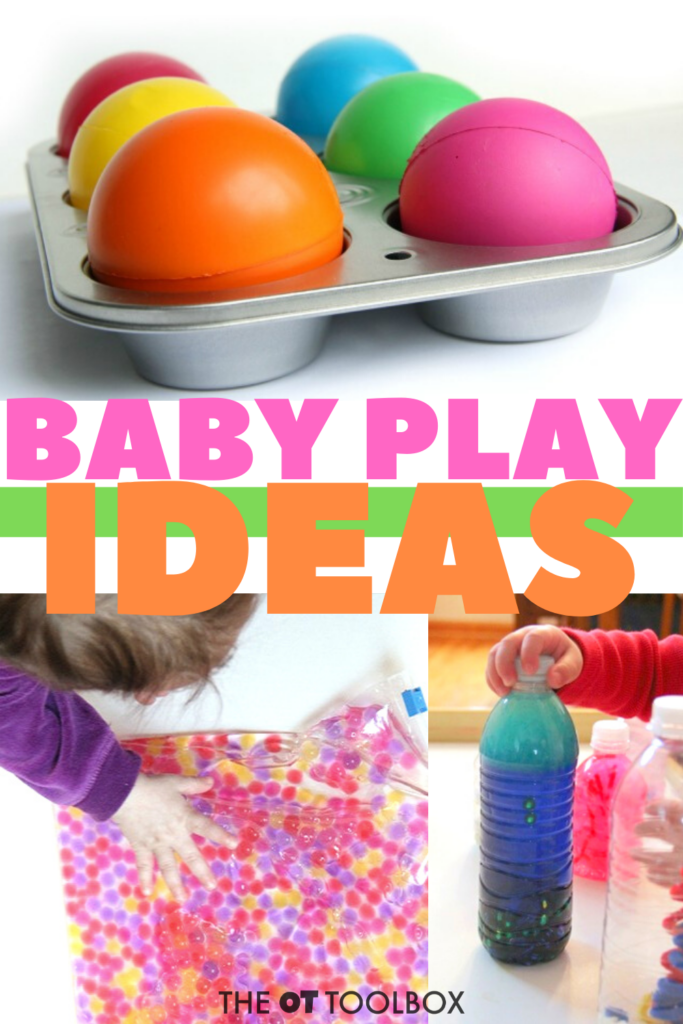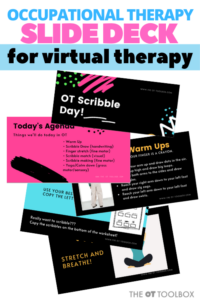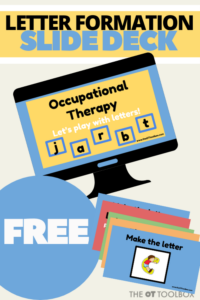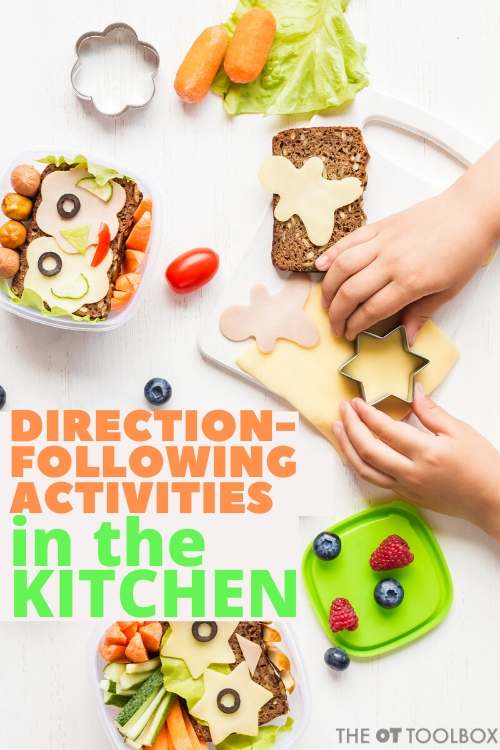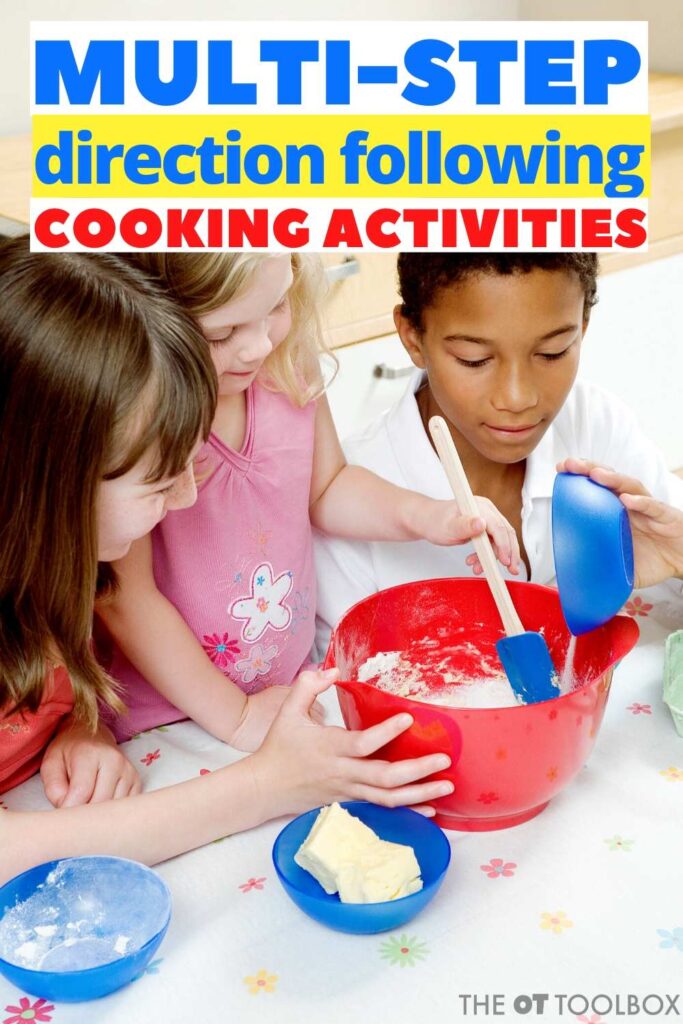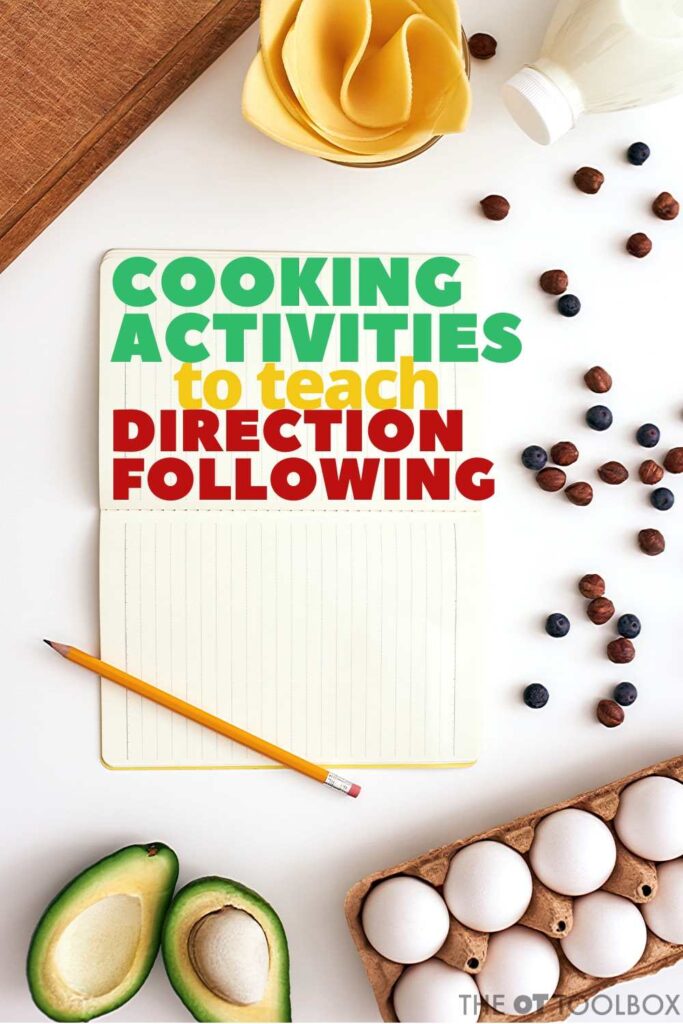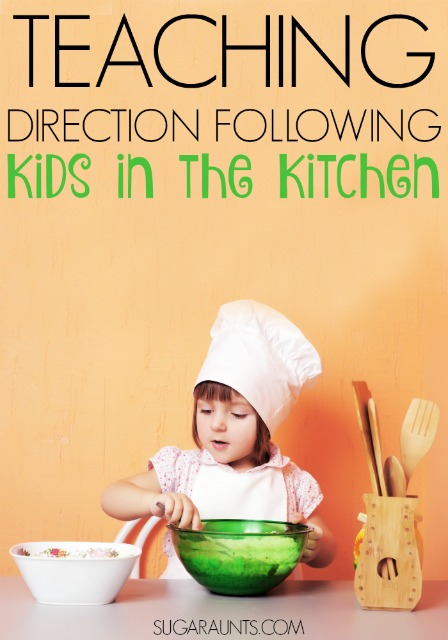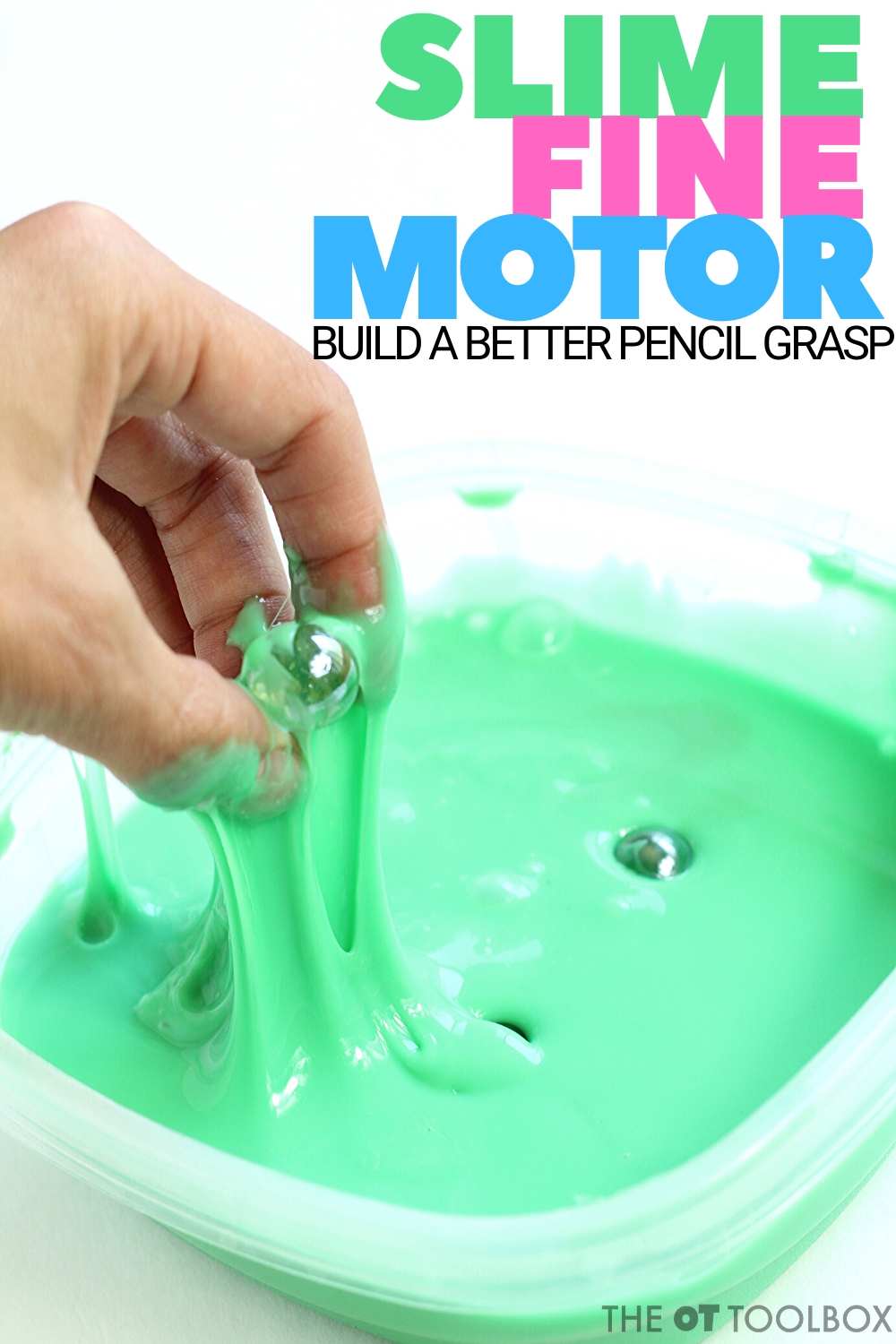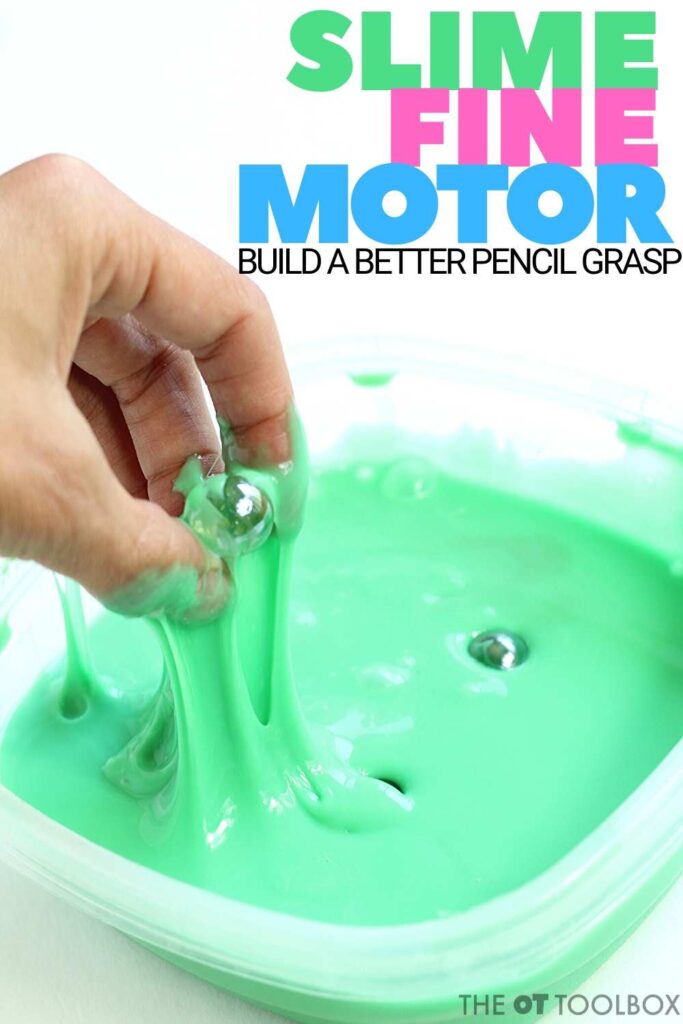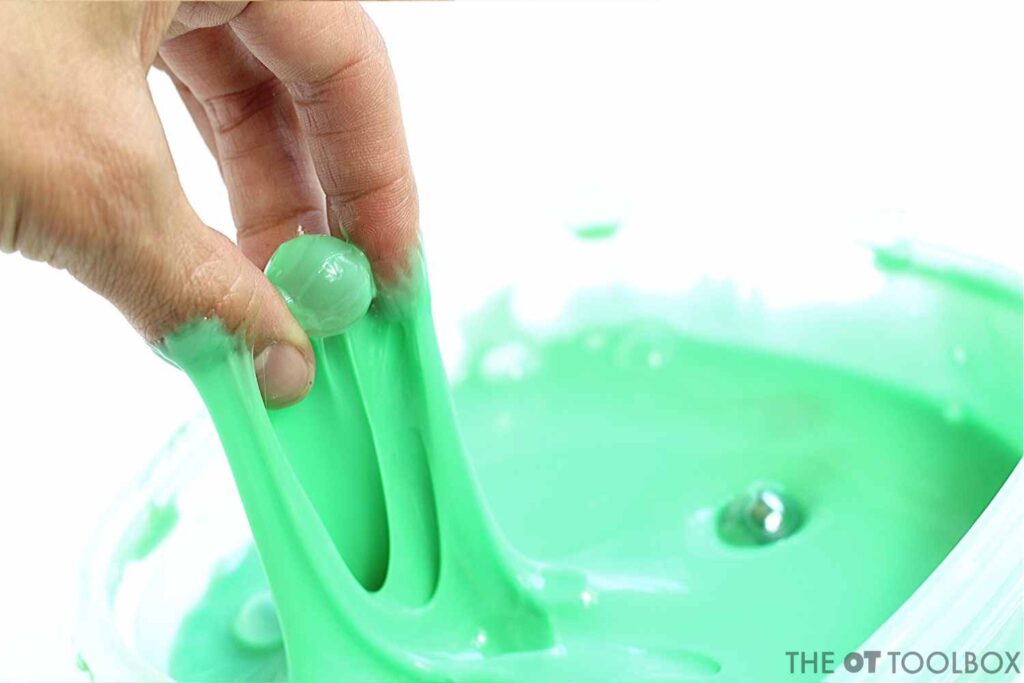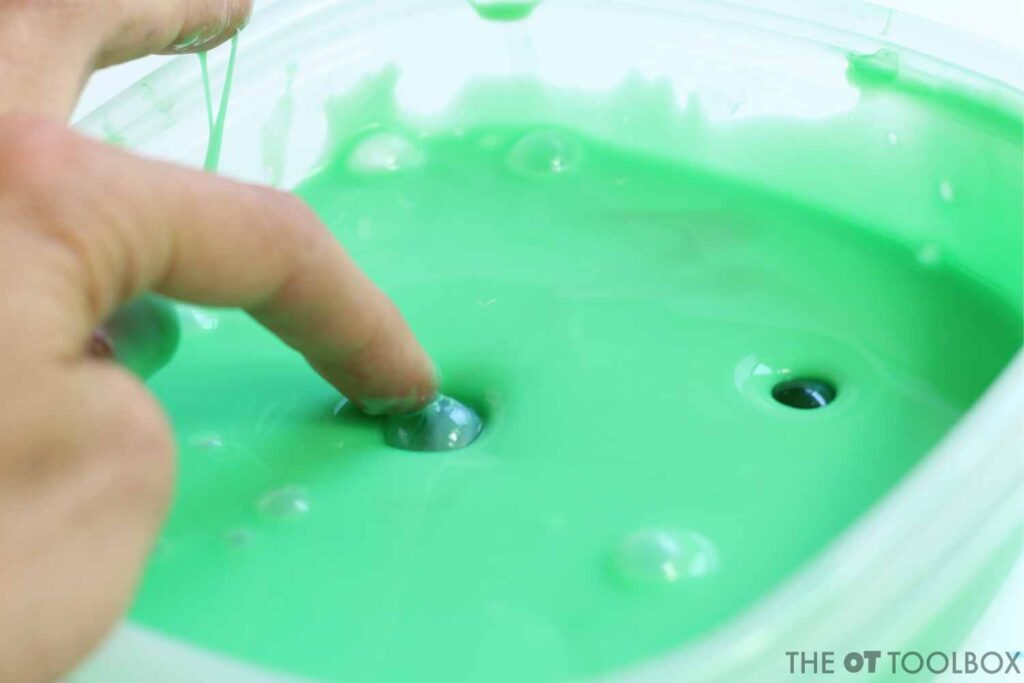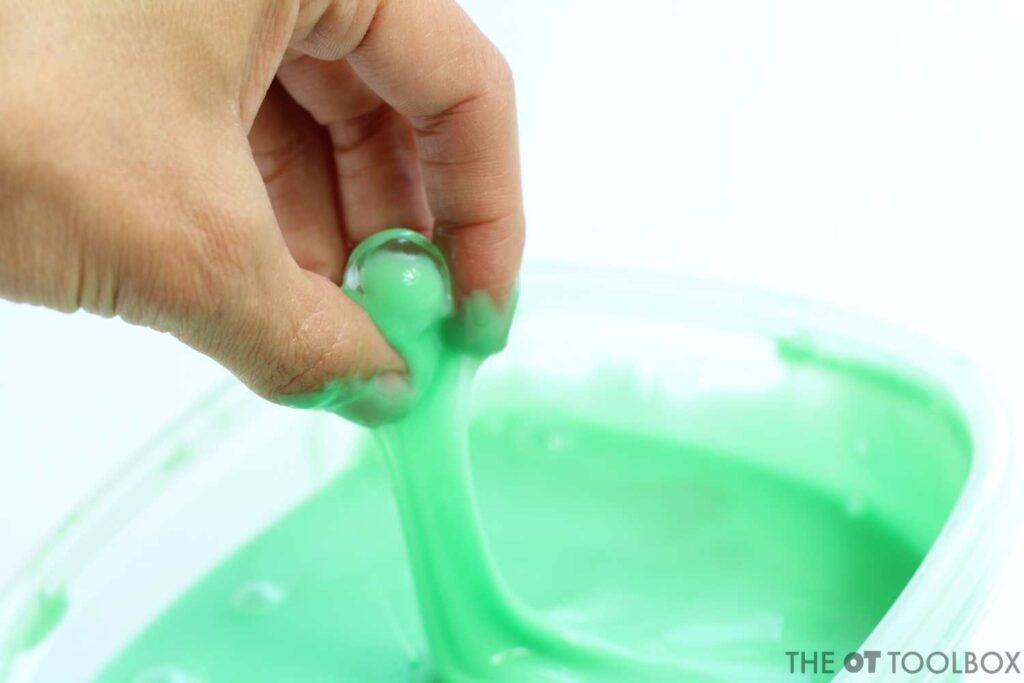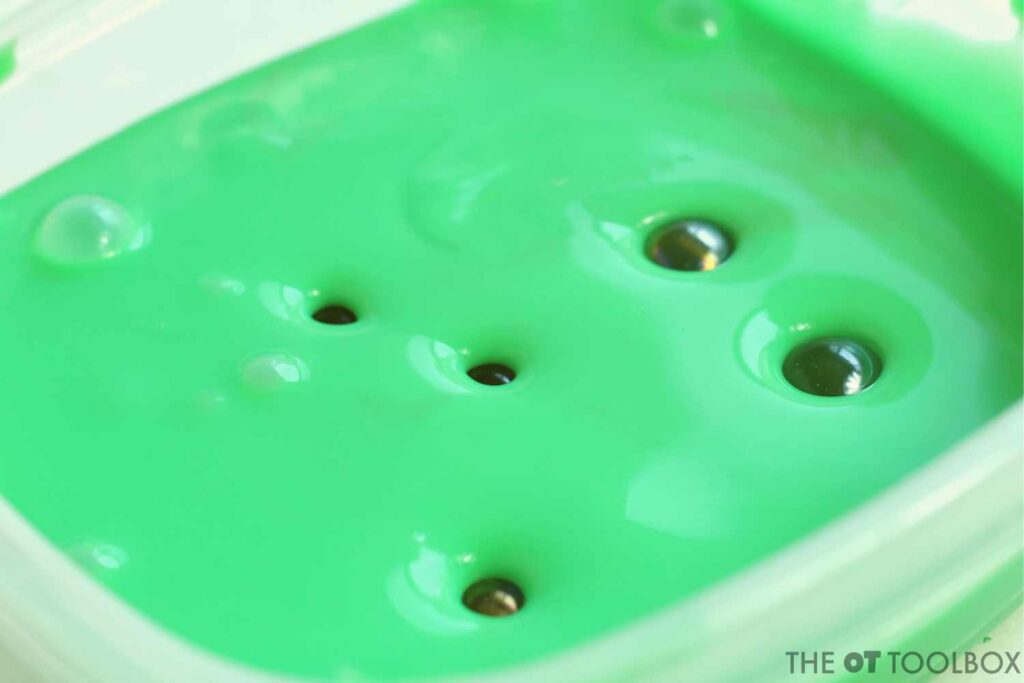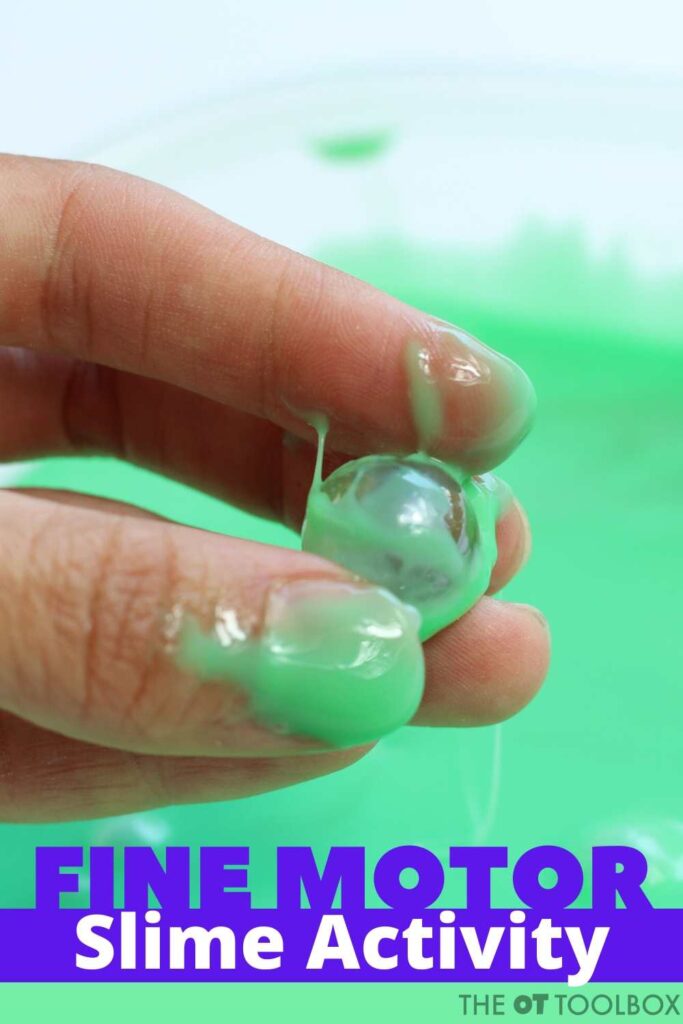Did you know you can work on hands skills with cooking with kids activities? It’s true! In fact, cooking with kids can help kids build hand skills both in the kitchen and out. Actually, using arts and craft activities with kids can build the hand skills kids need for not only kitchen activities, but for other areas where fine motor skills and hand dexterity is needed. Using recipes with kids works on skills in a functional way, but there is more than one way to peel an apple, so to speak!
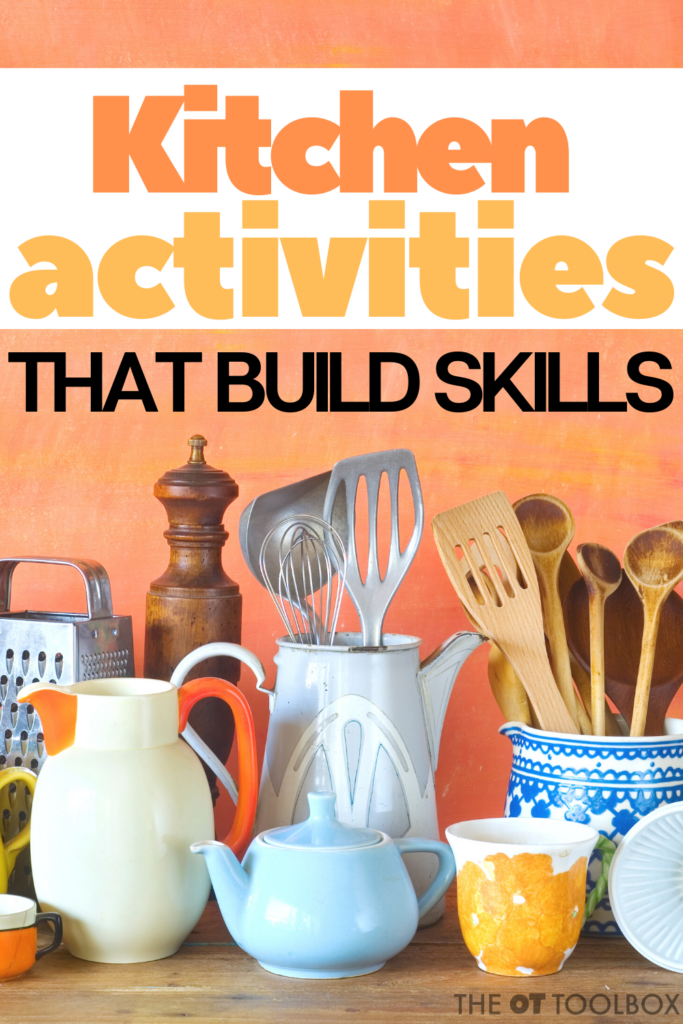
Cooking with Kids = Hand Skills + Arts and Crafts
I bet you are asking yourself, “Wait, what? Cooking with kids, hands skills, and and crafts? What does that mean?” Well, simply put, you can use art and craft activities with simple techniques and tools to help children build foundational hand skills necessary for cooking and meal prep in the kitchen. Yep, that’s right! You can teach kids cooking and work on hand skill essentials while being creative and having fun using a meaningful activity!
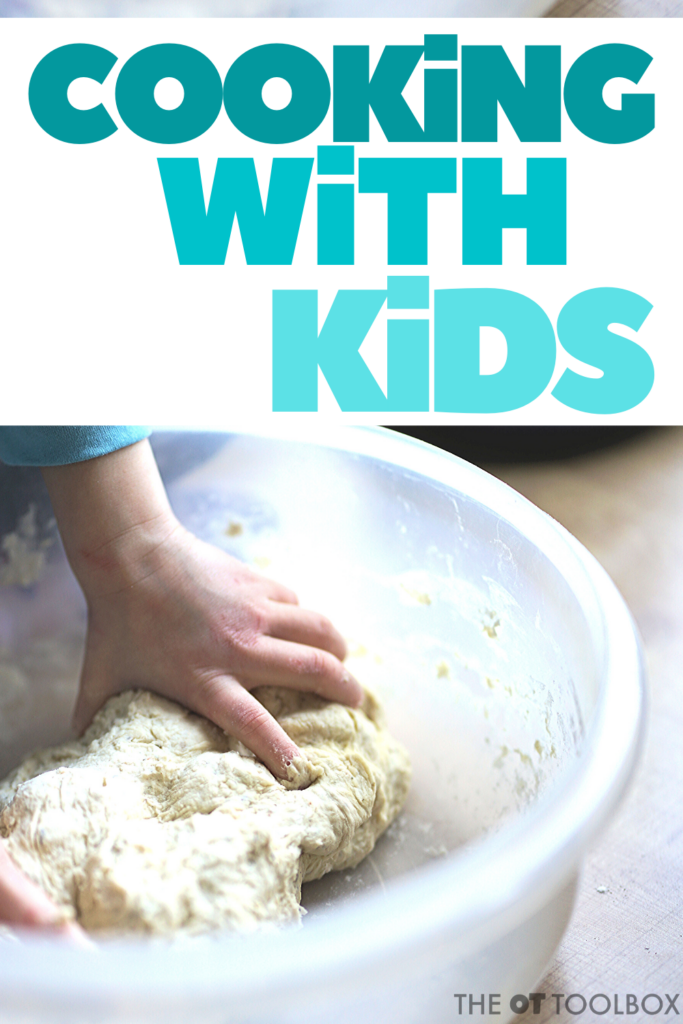
Kitchen ACTIVITIES
There are so many ways that kitchen activities help kids develop much needed skills. From executive functioning, to fine motor development, to direction following, to sensory exploration, cooking with kids build skills! But let’s not forget that actual cooking activities with children are a fun learning experience too and a wonderful bonding time for families.
With cooking, kids use so many wide-ranging skills, learn educational concepts, and well, have so much fun! But, how about those children that need to work on building some foundational hand skills needed to engage in cooking tasks with success and confidence. Or maybe those children who need to expand their hand skill use through other activities aside from the actual task of cooking.
Art and Crafts and COoking with Kids
As therapists, we use art and craft activities frequently in our work with children. They find it playful and therapists know that art and crafting is a valuable therapeutic tool to work on important skills and build rapport. Using these activities as an avenue to build foundational skills is a win-win for both parties!
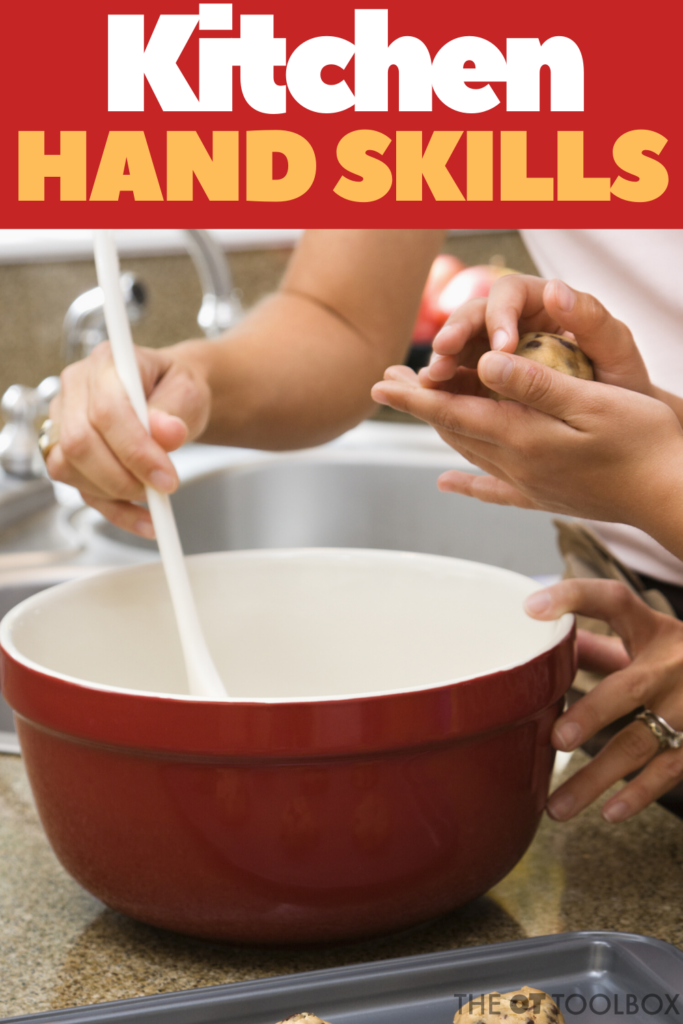
Kitchen Hand Skills
Structured and non-structured art and craft activities can help build hand skills such as finger and hand strength, bilateral coordination, in-hand manipulation, grasp patterns, fine motor control and coordination, separation of the two sides of the hand, and hand dominance. So, how exactly does art and crafting work on cooking, you ask. Well, let’s first look at some hand skill verbs that are closely connected to cooking and meal preparation:
- dipping
- slicing
- spreading
- crushing
- sprinkling
- stirring
- flipping
- cracking
- pinching
- tearing
- shredding
- squeezing
- cutting
- timing
- whisking
- grating
- scooping
- rolling
- mixing
- peeling
Notice how many of these words have something to do with an action and the use of hand skills. That’s right, hand skills are a HUGE part of cooking and art and craft tasks! In this post, we will be discussing how during the process of art and craft tasks, you can help a child build or learn essential hand skills for cooking. So essentially it’s like cooking with art and crafts! You’ll see what is meant shortly.
Sometimes you can find recipes that have different steps that can be offered to kids when helping in the kitchen. This is great because you can offer the child to do just one step of the task. They then don’t become overwhelmed by the whole task. For example, our Greek turkey burger recipe has different steps that can be offered to target specific skills: chopping, slicing, stirring, mixing, scooping, grilling.
Hand Skills Kids Need
Let’s start with simulated hand actions. Simulated hand actions are when the hands perform similar movements that are utilized when performing a specific task or using a specific tool.
Children can either learn simulated hand movements when working on art and crafts by manipulating various art and craft items or they can use the actual kitchen or cooking tool during art and crafts providing a novel and humorous way to engage children in the task even if they are not necessarily “into art.”
Using kitchen tools during art is fun for kids and adults! Lots of laughs and giggles will ensue. Some children will even make the connection to the actual task that the tool is used for during cooking.
Cooking with Kids Activities
Now, let’s get onto to sharing some ideas that can help YOU view art and crafts in a new way. Below is a list of some easy ways to use art and craft items as well as actual cooking tools during therapy to build cooking hand skills with children.
- Pull apart cotton balls for art and craft projects which simulates shredding chicken and other food items.
- Peel crayon paper off of crayons and grate the crayons into small pieces to use for art or craft project decoration.
- Pinch crushed food items such as cereal or snack foods and place onto surface of a project.
- Use a kitchen mallet to crush cereal or stuffing crumbs to place onto surface of a project.
- Dip a basting brush, spatula or other rubberized kitchen tool into vegetable or olive oil and draw pictures onto sheets of construction paper.
- Use a pipe cleaner to open and close plastic bags that are storing art and craft materials. Simply twist on and off like bread ties.
- Use a plastic knife to spread Elmer’s glue or tacky glue onto surface of project like spreading mayo, mustard, and cream cheese.
- Use a plastic knife to spread paint onto a sponge and use the sponge to create art pictures or decorate crafts.
- Recycle a spice container and sprinkle glitter from the bottle onto a project.
- Poke holes with a fork into a clump of putty, play dough, or clay like poking holes into a potato for baking or piercing food for cooking.
- Use a rolling pin to flatten a ball of putty, play dough, or clay like rolling out cookie or pastry dough.
- Tear different paper weights such as tissue paper, construction paper, card stock or even leaves which is similar to shredding leafy foods like lettuce or tearing open packages.
- Use scissors to cut strips off of a paper lunch bag to use on a project in order to simulate cutting open food packages.
- Use a kitchen timer to time self during project assembly.
- Crack and pull apart plastic eggs with paint or liquid glue inside for projects to simulate cracking an egg.
Hopefully after this post and the list of ideas provided above, you are now inspired to use art and craft activities to work on or expand foundational hand skills which are needed for cooking and meal preparation tasks. Be creative and let the kids come up with some of their fun ideas too! It’s a great time to build skills while stimulating a child’s creativity and encouraging curiosity that benefits functional daily living too!

Regina Parsons-Allen is a school-based certified occupational therapy assistant. She has a pediatrics practice area of emphasis from the NBCOT. She graduated from the OTA program at Caldwell Community College and Technical Institute in Hudson, North Carolina with an A.A.S degree in occupational therapy assistant. She has been practicing occupational therapy in the same school district for 20 years. She loves her children, husband, OT, working with children and teaching Sunday school. She is passionate about engaging, empowering, and enabling children to reach their maximum potential in ALL of their occupations as well assuring them that God loves them!


